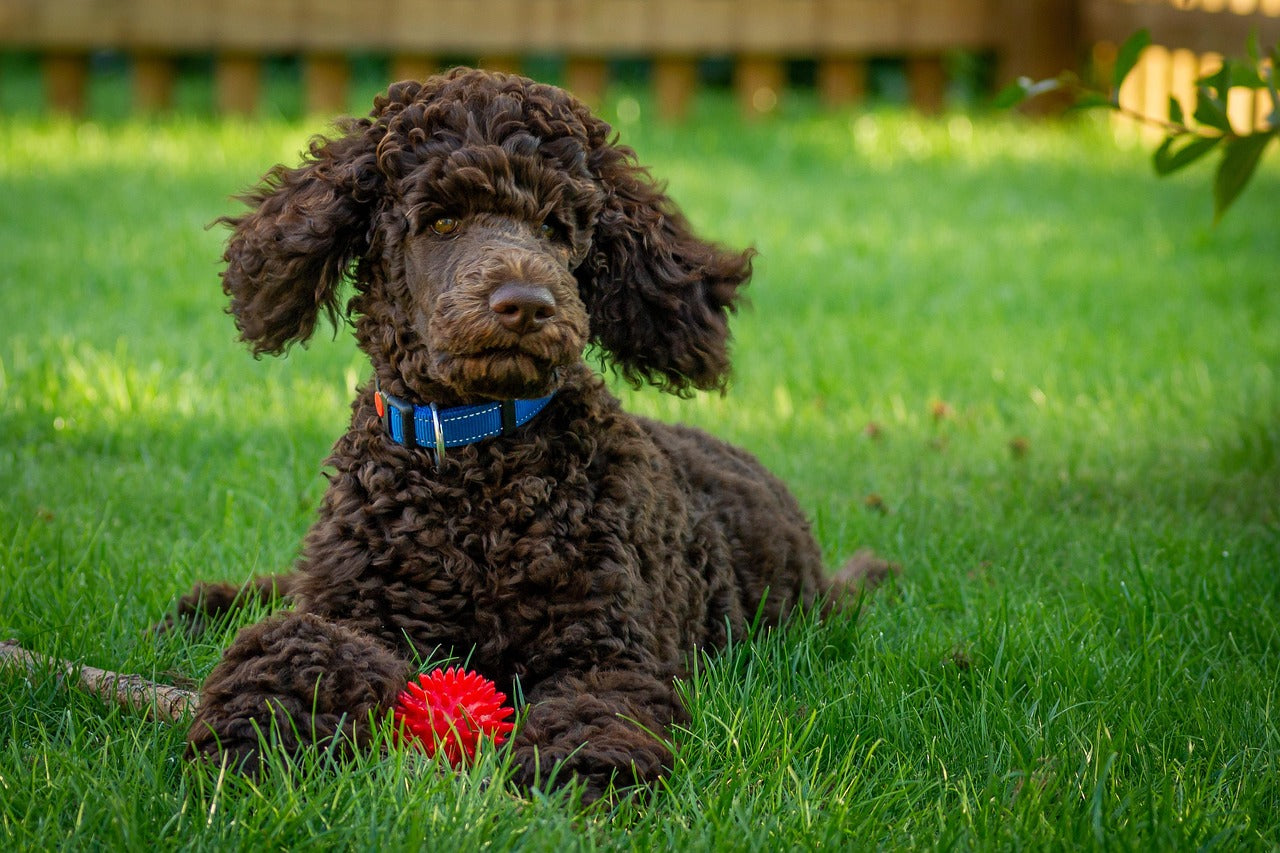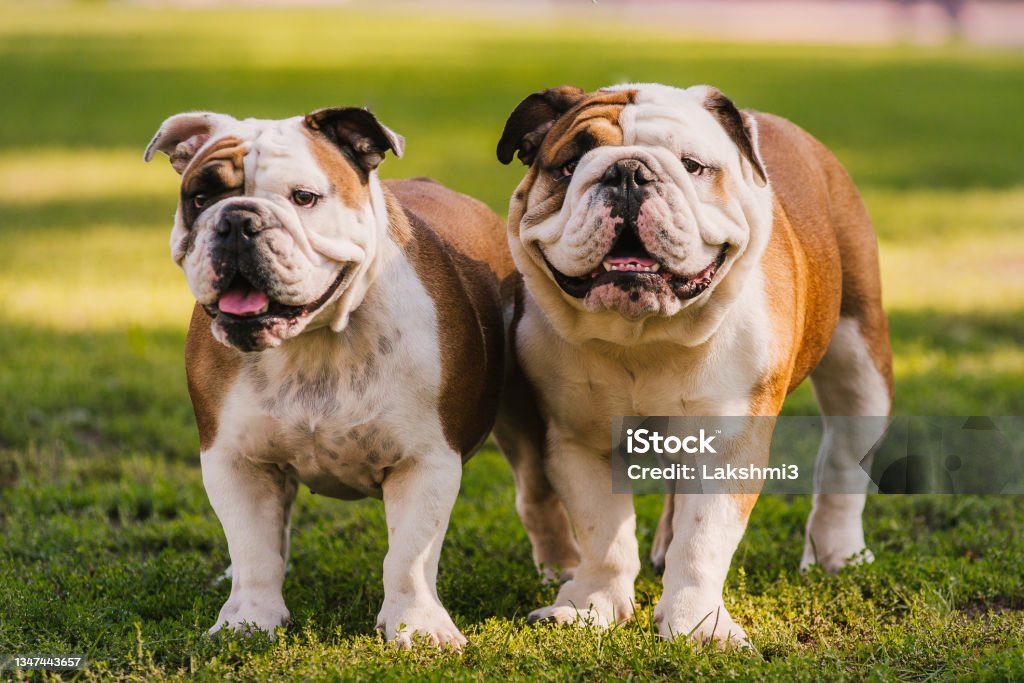The Poodle has a long and fascinating history that spans across countries and centuries. Here’s an overview:
Origins
• The Poodle is believed to have originated in Germany as a water retriever (the word “Pudel” in German means “to splash in water”).
• However, the breed was refined and standardized in France, which is why it is often considered France’s national dog.
• Poodles were originally bred to retrieve waterfowl, making them excellent swimmers with their curly, water-resistant coat.
Development of the Breed
• Hunting Dog: Early Poodles were prized as duck retrievers. Their famous “Poodle clip” wasn’t about fashion—it was practical. Hunters shaved parts of the dog to help them move through water more easily, while leaving fur around the chest, head, and joints to protect vital organs and prevent injury.
• Circus Dogs: By the 18th century, their intelligence and trainability made Poodles popular as performing dogs in circuses across Europe.
• Companion Dogs: Aristocrats in France fell in love with them, especially the smaller Toy and Miniature Poodles, which were bred down from the Standard Poodle to serve as lap dogs and stylish companions.
Recognition and Popularity
• The Standard Poodle is the oldest of the three sizes (Standard, Miniature, Toy). Miniatures and Toys were bred later, mainly for companionship rather than hunting.
• The breed was officially recognized by kennel clubs in the late 19th and early 20th centuries.
• Today, Poodles are one of the most popular breeds worldwide thanks to their intelligence, versatility, and hypoallergenic coat.
Modern Roles
• Companion dogs: Known for their affectionate and loyal nature.
• Service and therapy dogs: Highly trainable and gentle.
• Show dogs: Their elaborate grooming styles are iconic in dog shows.
• Sporting dogs: Still excel in activities like agility, obedience, and water retrieval.
Here are some fun and surprising facts about Poodles that go beyond their fluffy looks:
🐩 Poodle Fun Facts
1. They come in three official sizes
• Standard (the original, bred for hunting waterfowl)
• Miniature (bred for truffle hunting in France)
• Toy (bred as a lap companion for aristocrats)
2. The famous Poodle haircut was practical, not just stylish
• Hunters shaved the dog’s legs and body for better swimming ability, but left puffs of hair (called pompons) on joints and the chest to protect vital organs and keep them warm in cold water.
3. They’re water lovers
• Poodles have webbed feet, making them strong, efficient swimmers.
4. One of the smartest breeds
• Poodles are ranked #2 in intelligence (after the Border Collie). They can learn tricks and commands very quickly and excel in obedience and agility competitions.
5. A royal favorite
• Poodles were adored by French nobility, especially during the 18th century. Queen Anne and King Louis XVI were known to keep them as companions.
6. Circus stars
• Because of their intelligence and eagerness to please, Poodles were once the most popular performing dogs in European circuses.
7. Hypoallergenic reputation
• While no dog is truly 100% hypoallergenic, Poodles shed very little, and their curly coats trap dander, making them more allergy-friendly than most breeds.
8. They’ve inspired designer breeds
• Poodles are one of the most common breeds used in “doodle” mixes (like Labradoodles, Goldendoodles, etc.) because of their intelligence and low-shedding coat.
9. They have ancient roots
• Artwork from the 15th and 16th centuries shows dogs that look very much like Poodles, proving they’ve been around for centuries.
10. Long lifespans for their size
• Toy and Miniature Poodles often live into their mid-teens, and Standards typically live 12–14 years—longer than many large breeds.
🩺 Common Health Concerns in Poodles
1. Hip Dysplasia (mostly in Standards) – a joint condition that can cause pain or arthritis.
2. Progressive Retinal Atrophy (PRA) – an inherited eye disease that can lead to blindness.
3. Addison’s Disease – an endocrine disorder more common in Standard Poodles.
4. Bloat (Gastric Dilatation-Volvulus) – a life-threatening stomach twisting, mainly in large, deep-chested Standards.
5. Patellar Luxation (Miniatures and Toys) – kneecap slipping out of place.
6. Ear Infections – their floppy, hairy ears trap moisture, leading to infections.
7. Dental Disease (Miniatures and Toys especially) – small mouths can cause overcrowded teeth.
🧼 Care Tips for Poodles
🐾 Grooming
• Regular brushing (every 1–2 days) to prevent mats in their curly coat.
• Professional grooming every 4–6 weeks (clip, trim, or style).
• Keep ears clean and dry to prevent infections.
• Trim nails every 3–4 weeks.
🦷 Dental Health
• Brush teeth several times a week (ideally daily).
• Provide dental chews or vet-approved water additives.
🍖 Nutrition
• Feed a high-quality diet (balanced protein, fat, and fiber).
• For Standards, split meals into 2–3 smaller portions per day to reduce bloat risk.
• Keep weight in check—obesity can worsen joint and heart problems.
🏃 Exercise & Mental Stimulation
• Standards: need at least 60–90 minutes of daily exercise (walks, swimming, fetch, agility).
• Miniature & Toy: need 30–60 minutes daily, but also plenty of mental stimulation.
• Puzzle toys, obedience training, and agility courses keep their brilliant minds busy.
🧑⚕️ Veterinary Care
• Annual vet exams (twice yearly for seniors).
• Eye checks & genetic testing recommended for breeders/owners to catch PRA early.
• Vaccinations, flea/tick/heartworm prevention as advised by your vet.
✅ Quick Tips for a Happy, Healthy Poodle
• Keep them mentally challenged—a bored Poodle may bark, chew, or dig.
• Early socialization & training are key—Poodles thrive on structure and positive reinforcement.
• Be consistent with grooming routines, since their coat grows continuously.
• Regular exercise not just for the body, but to keep that sharp mind busy.


